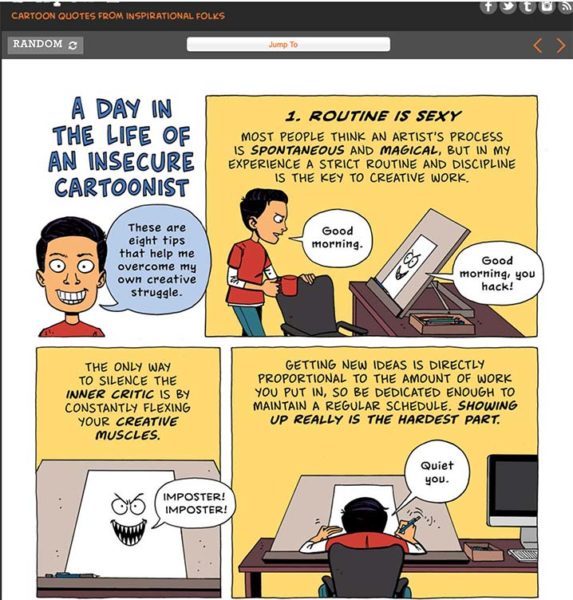The news JC Penney is closing a number of their stores and liquidating the inventory reminded me of a post I made eight years ago about the company’s efforts to deal more fairly with customers. Instead of having all sorts of sales and discounts that lead consumers to suspect something had been marked up last week in order to put it on sale this week, among other bits of trickery, JC Penny’s new CEO at the time pledged to offer completely transparent, low everyday pricing.
The move backfired on them leading a number of business reporters to observe that perhaps people liked to be cheated. That CEO was out, a new one was ushered in who restored the sales and coupons.
It was all a bit revelatory about consumer psychology and how you can’t always take what people say they want at face value.
As I pointed out in my post at the time, it also illustrates that money does not build relationships and loyalty. I would suggest that most non-profit arts organizations are in the relationship building/facilitation business. If we weren’t, would people be donating the value of their tickets on cancelled events and increasing the amount they typically donate in a year? I say facilitation because participation in an activity with friends and family contributes to the development of relationships.
As much as your organization is struggling, those donations and other expressions of concern are what distinguish your identity and role in the community from larger corporations, even if you suspect you may be soon accompanying JC Penny on the road to dissolution. In that 2012 post, I also linked to a post I made about the expiration date of arts organizations. At the time I was speaking theoretically. Sorry to say it may be emerging into reality.
Back in 2012 when I first wrote my post, I quoted Collen Dilenschneider. She has since come out with much better research and advice for arts organizations use of discounts, but the basics still remain the same.
One thing of course, I need to point out is that price does not develop loyalty. You can not develop a relationship with your community if interactions with your organization are based on price. I stated that in the early days of this blog and as Dilenschneider notes this is true even in these days of social media:
“It is far better for your brand and bottom line to have 100 fans who share and interact with your content to create a meaningful relationship, than to have 1,000 fans who never share your message and liked you just for the discount.”
Dilenschneider also points to some data that there are diminishing returns from social media discounts. This may illustrate be where arts organizations and retailers differ. Retailers can offer myriad discounts annually and not suffer, but arts and cultural organizations offer a product valued entirely differently from that of retailers



Thanks for what you are doing to bring cultural change to the arts. It is so important to represent everyone.…